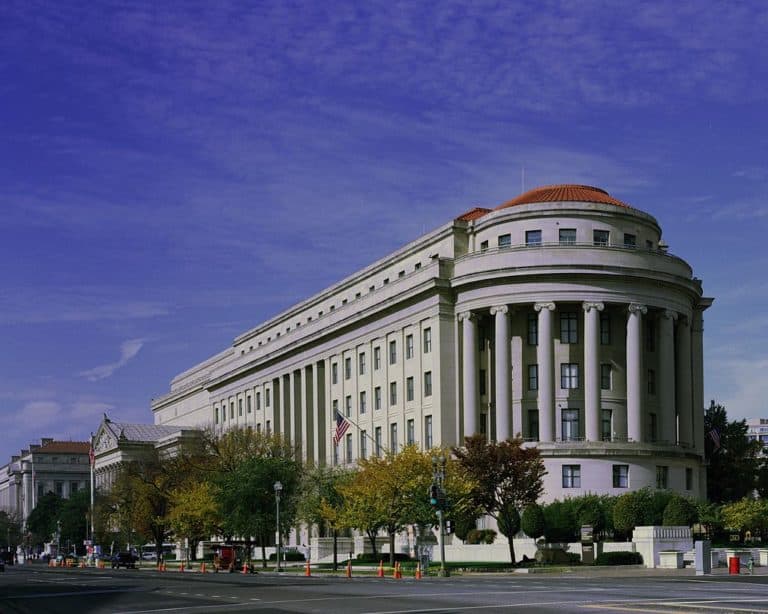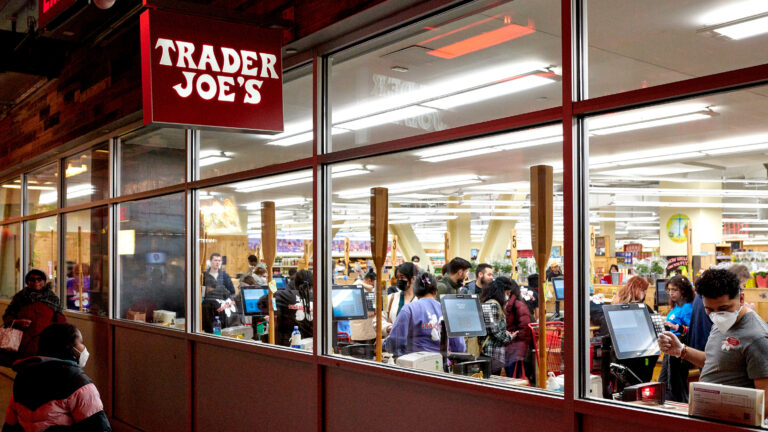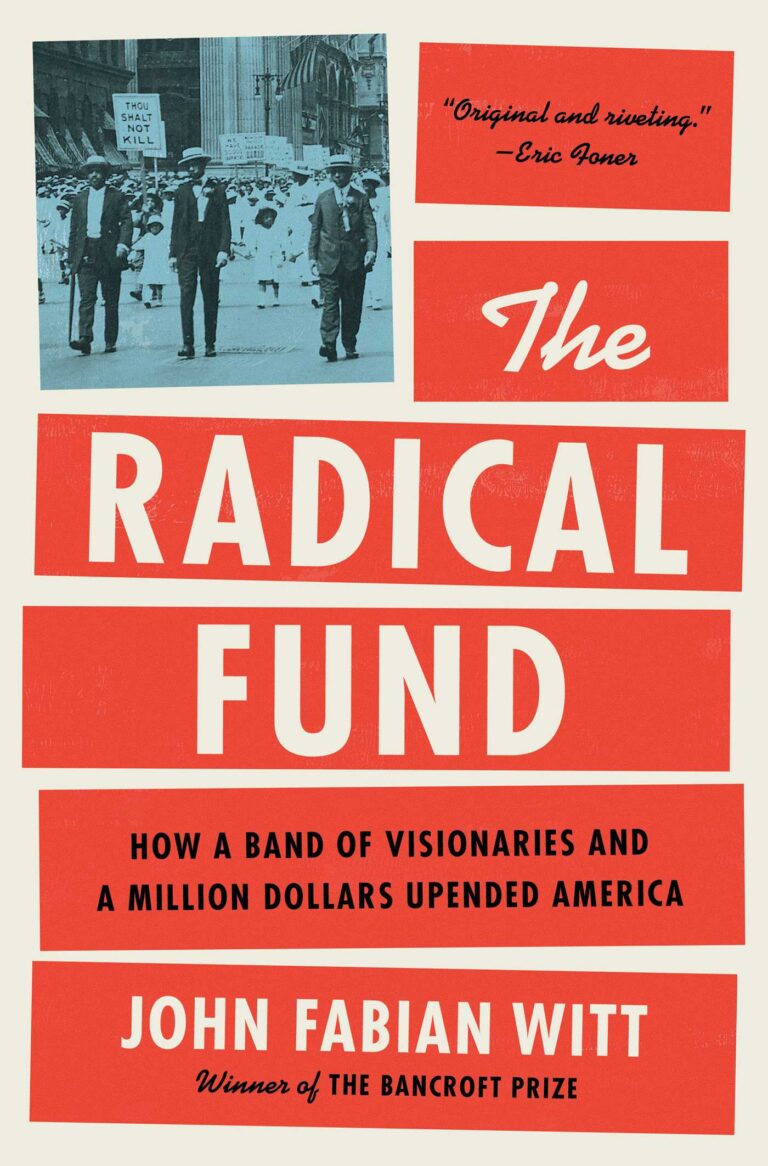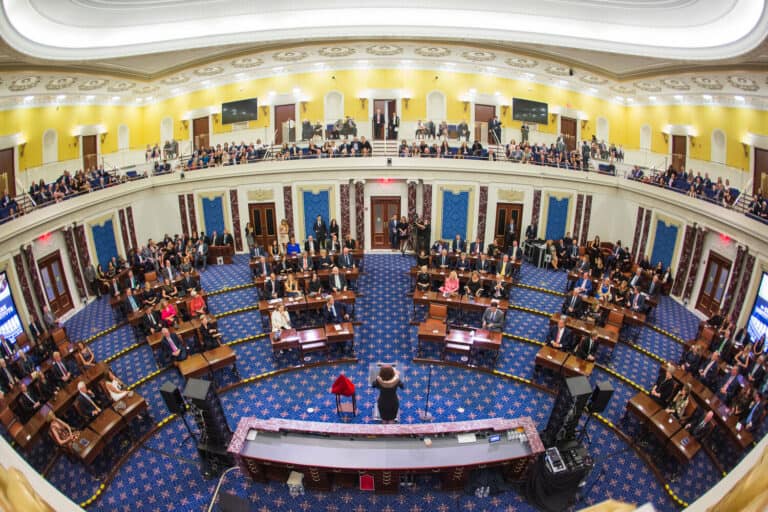Fran Swanson is a student at Harvard Law School.
Women are increasingly taking on leadership roles at every level of the labor movement, according to reporting from USA Today in partnership with The 19th. During the pandemic, women have made up an outsized number of essential workers, workers who lost their jobs, and workers who faced unstable family care situations. Ashley Manning, a Ralphs employee whose employer refused to change her schedule to meet her childcare needs, explained that women workers in her industry were made to “feel disposable” and left “enraged.” As a member of her bargaining committee—which was majority women—she helped secure better pay, benefits, and safety measures. Research has shown that unions can provide a pathway to gender equity, including pay equity, at work. 60% of newly organized workers over the past decade have been women and some of the most exciting, recent developments—from the Starbucks union drive to the 17,000 striking Etsy sellers—have been led by women.
Employees at a Memphis Starbucks where seven pro-union employees were fired have voted in favor of unionizing, Bloomberg reports. The seven fired employees comprised almost all of the store’s organizing committee. Nikki Taylor, one of the fired employees, described it as a “scare tactic” that backfired: now, the National Labor Relations Board is suing Starbucks to reinstate the fired employees and the employees voted overwhelmingly in favor of unionization, 11-3.
A new study helps shed more light on the inequitable impact of COVID at work, the Miami Herald reports. Researchers studying COVID deaths by occupation, race, and educational attainment affirmed that those who could not work from home and who held low-paying jobs without paid sick leave were much more likely to die. While people in what the study defined as a low socioeconomic position from ages 25 to 64 made up about one-third of the working-age population, they accounted for two-thirds of COVID deaths within the same age group. University of South Florida Professor Jason Salemi, a study co-author, said that this research shows the need for “really strong worksite protections” because “[e]mployers can do a lot to help keep people safe.”






Daily News & Commentary
Start your day with our roundup of the latest labor developments. See all
November 14
DOT rule involving immigrant truck drivers temporarily stayed; Unions challenge Loyalty Question; Casino dealers lose request for TRO to continue picketing
November 13
Condé Nast accused of union busting; Supreme Court declines to hear Freedom Foundation’s suit challenging union membership cancellation policies; and AFT-120 proposes a “Safe Sleep Lots” program for families facing homelessness.
November 12
Starbucks and the NLRB face off over a dress code dispute, and mental healthcare workers face a reckoning with AI.
November 11
A proposed federal labor law overhaul, SCOTUS declines to undo a $22 million FLSA verdict, and a railroad worker’s ADA claim goes to jury trial.
November 10
Meta unveils data center ads; partisan government emails blocked by judge; thousands protest in Portugal.
November 9
University of California workers authorize the largest strike in UC history; growing numbers of legislators call for Boeing to negotiate with St. Louis machinists in good faith; and pilots and flight attendants at Spirit Airlines agree to salary reductions.